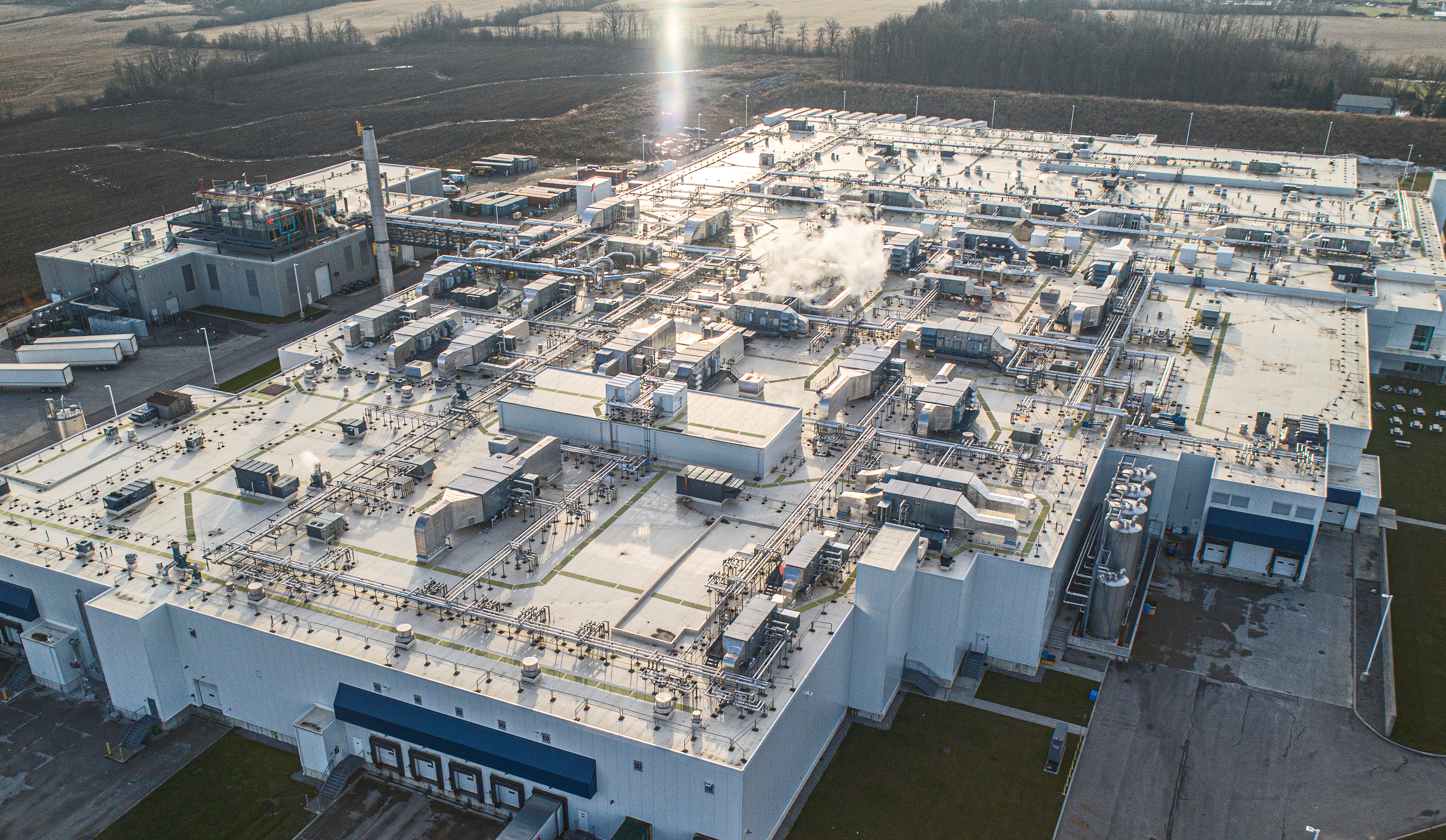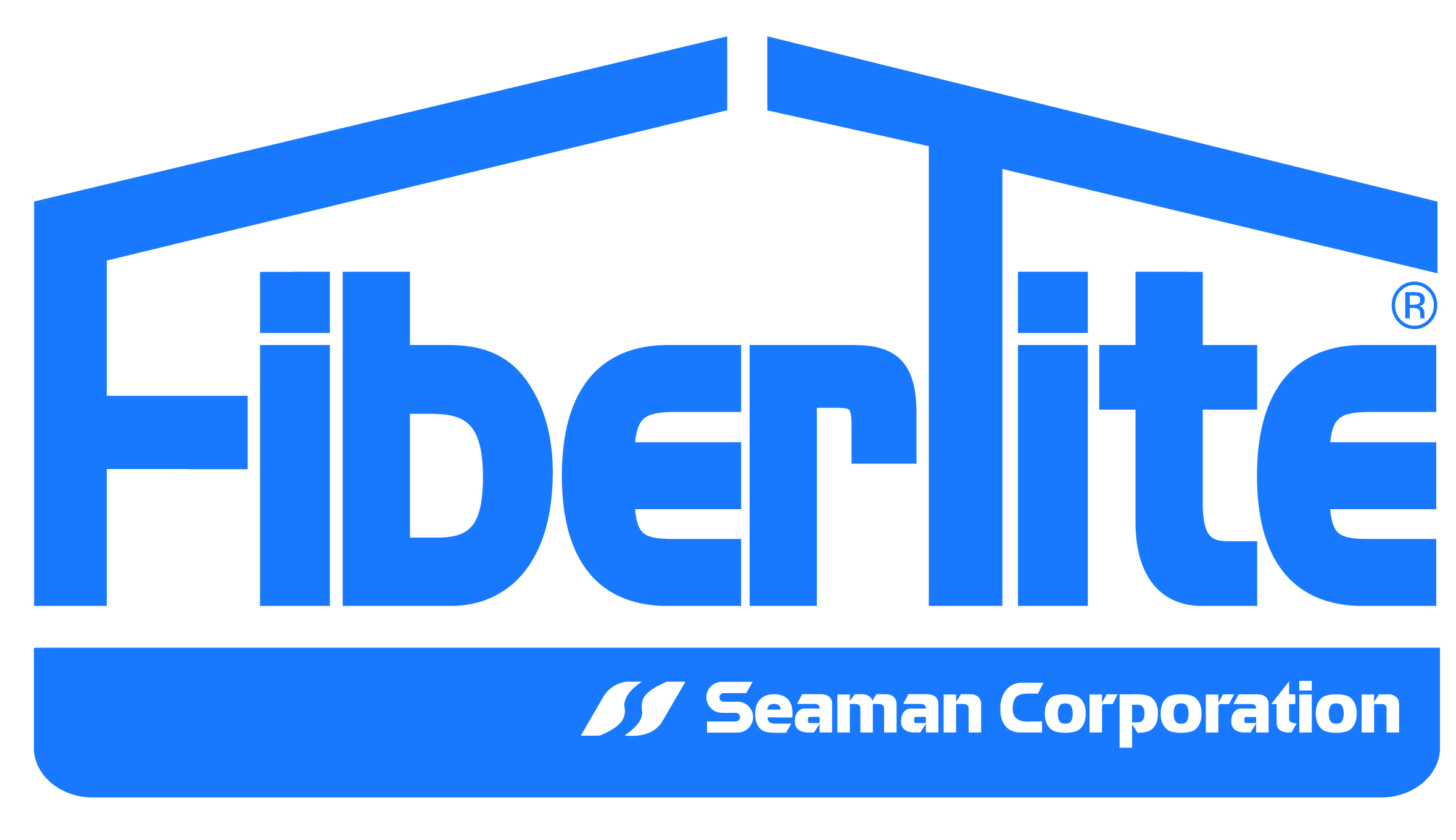Why Critical Facilities Depend on Resilient Roofs for Operational Security
Learning Objectives:
- Defining mission critical facilities: a spotlight on food processing, pharmaceutical/life sciences manufacturing verticals.
- Enhancing uptime and minimizing unanticipated costs: how your roof system can keep facility operations protected, covering the three R’s—redundancy, reliability and recovery.
- Cover the consequences of contamination: a look at FDA-regulated facilities and manufacturing best practices.
- Review: considering individual facility needs when selecting a roof system.
Credits:
Critical facilities act as the spine of their organizations. Being able to conduct normal business operations requires that these facilities remain open and fully functional. Nearly half of all building-related problems can be traced back to water intrusion, which typically occurs through the roof: your building’s first line of defense.
Highly regulated industries, such as pharmaceutical/life sciences manufacturing and food processing, must maintain high-quality control standards, while implementing processes and systems that enhance operational uptime and minimize unnecessary or unanticipated costs. For critical facilities, the selection of a time-tested and resilient roof system is paramount in operational security.

Photo courtesy Maple Foods
|
|
Brock Martinez is a National Accounts Manager for FiberTite Roof Systems at Seaman Corporation. He previously served as an Associate Product Manager for FiberTite and gained a wealth of knowledge about the roofing industry. Prior to Seaman Corporation, Brock served as a sales consultant in the medical field. He graduated from Roanoke College with a Bachelor of Science and obtained a Master’s degree from James Madison University. |








